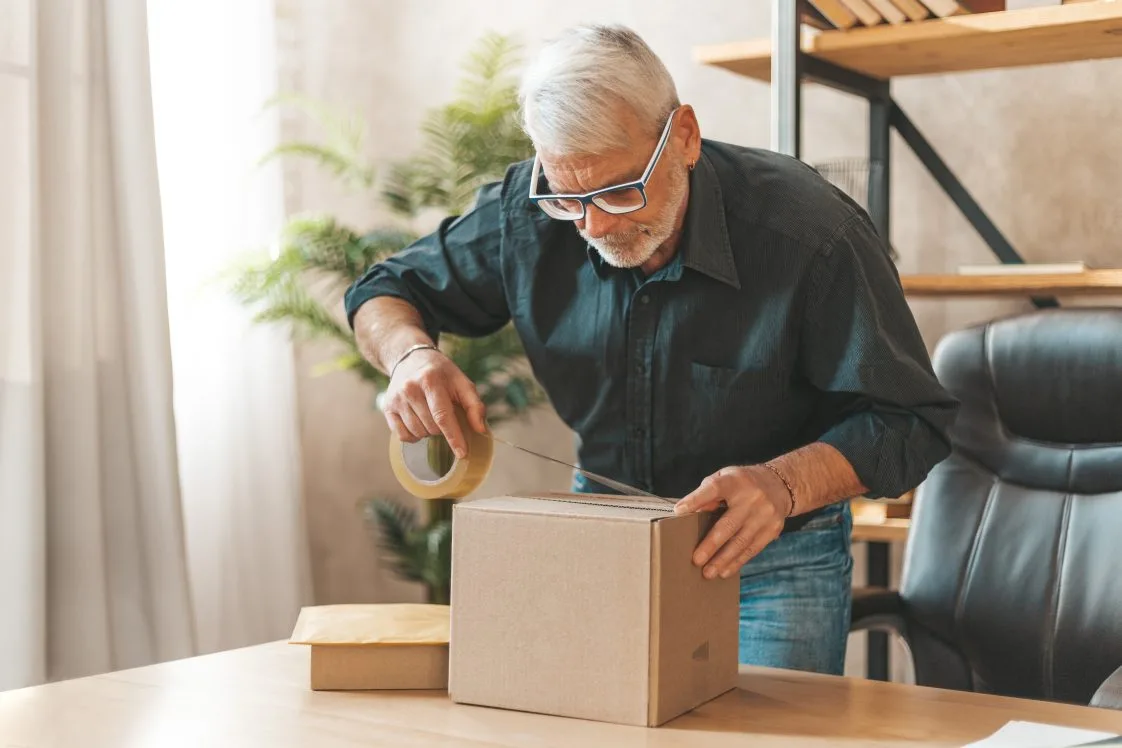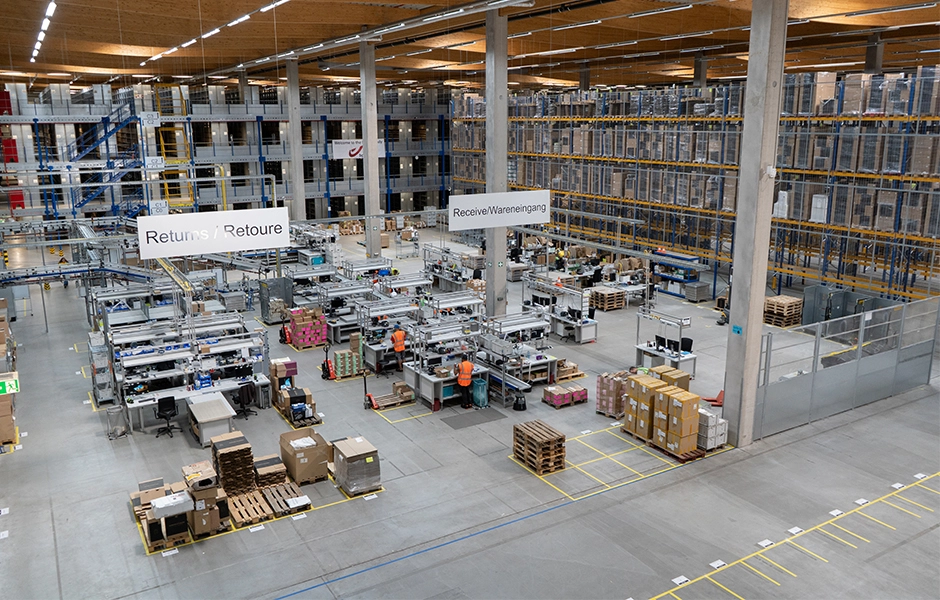Building Lifetime Customer Value Through the Post-Purchase Experience
The post-purchase experience is one of the most overlooked yet impactful stages of the customer journey. It’s a critical moment that can either build lasting loyalty or break trust entirely—making it a powerful opportunity for e-commerce brands to stand out and drive long-term growth.
Nowhere is the customer experience more critical than in the post-purchase phase — yet it’s also where e-commerce retailers have the greatest opportunity to strengthen customer relationships. This stage is a pivotal moment: it can either go exceptionally well, driving repeat purchases and boosting lifetime value, or it can fall short and result in losing a customer for good. So, how can e-commerce businesses make the most of this vital part of the customer journey?
The retail customer journey cycle
Let’s take a look at the customer journey itself. Retailers and marketers may categorize the stages of the journey into different names, but overall, the customer journey consists of:
- Awareness/discovery (when a customer becomes aware of your brand, product, etc.)
- Research (the customer researches the product online, reads reviews, ratings, and compares availability, pricing, shipping options, return policy, and payment methods)
- Conversion/purchase decision (the customer adds to cart and checks out)
- Post-purchase experience (the retailer confirms the order, shipping/delivery expectations, and notifies the customer of their order status along the way; the order is delivered, and the customer either uses the product or returns it)
- Post-purchase support and marketing (the customer may engage with customer care to receive support for the product they ordered; the retailer engages the customer with marketing designed to promote additional purchases with product recommendations, promotional sales, discounts, etc.)
- Repeat purchase decision (the customer buys from the retailer again and the process repeats)
At every stage, shoppers can either continue or drop off—while retailers have the chance to make the experience seamless, secure, and supportive. In the post-purchase phase, the responsibility shifts from the customer to the retailer.
While this blog focuses on post-purchase, every touchpoint across the customer journey must work seamlessly to create a great experience. One weak link can ruin it all—so optimization at every phase is essential.
Let’s focus on the post-purchase experience—because it has the greatest power to build or break trust and loyalty. Customer retention often depends on getting this stage right.
The post-purchase experience starts earlier than you think
The customer journey is a continuous cycle, with each stage connected to the one before and after. A single bad experience can end it—but let’s assume you’re aiming to keep winning hearts and wallets.
The post-purchase experience traditionally starts at checkout, runs through delivery, returns, and oftentimes includes the customer support stage. But it actually begins way back in the Awareness/Discovery stage when customers find your product page and then move into Research. Here, they want to know upfront about product availability, shipping/delivery costs and timelines, and your return policy. All three of these are core factors in the purchase decision-making process.
So, you are setting the stage for the post-purchase experience before the customer adds to cart or checks out. In another example of how the stages are interwoven, it’s in the post-purchase experience that you circle back to awareness and research by making additional product recommendations.
The bottom line: think holistically when you are optimizing a stage. That said, let’s zero in on the post-purchase stage.
What makes customers happy during the post-purchase experience
Once a customer checks out, they’ve already evaluated and made a decision based on the expectations you have set for the post-purchase customer experience. They have understood your product availability, agreed to your shipping and delivery costs and timelines, and feel confident and secure about their purchase because of your returns policy.

So what are they expecting this experience to encompass?
- An appropriate amount of communication. Customers expect clear updates—order confirmation, tracking, shipping and delay alerts, and delivery notice—without being overwhelmed. They want notification options (like SMS or email) and, for complex orders, simple daily summaries. They trust you to manage their order but want easy, on-demand access to status. Real-time tracking helps meet that need.
- Additional helpful information. Customers want to know who to contact for support during the delivery process, and how to initiate a return. They also want to know any pertinent information such as product set up guides, recommended uses, and other products that may enhance or support their enjoyment or usage of the product.
- On-time delivery. Customers choose to buy from retailers partially based on expected delivery times. Meeting delivery expectations is a careful dance between a retailer, fulfillment center, and the carrier. Unfortunately, most customers blame the retailer if there is a problem with shipping. Retailers that work with e-commerce order fulfillment partners, like Radial, have the advantage of having a partner that has established relationships and contract negotiation power with carriers. This can help improve delivery experiences.
- Readily available help with order issues. When something goes wrong, customers want quick, easy access to support—especially a human if a bot can’t help. At this point, frustration is rising, but a smooth resolution can still turn things around. Poorly designed AI bots that can’t grasp complex issues create negative experiences, so ensure they assist rather than frustrate. Let customers reach a human when needed.
- Hassle-free returns. A return policy reassures customers they’re not taking a risk by buying. The easier it is, the more confident they feel—knowing they can get a refund if needed. While retailers must manage return fraud and logistics costs, discouraging returns often hurts trust. Instead, embracing easy (ideally free) returns and improving efficiency—possibly through an experienced logistics partner—can cut costs without compromising the customer experience.
- Support whenever they need it. Building a lifetime customer relationship means being there for your customers whenever they need it — even if a lot of time has passed from the date of purchase. E-commerce brands build customer loyalty by befriending customers in a way that feels generous and kind every time customers connect with them. Creating customer care that is easy to engage with, friendly, empathetic, and offers the ability to quickly, accurately resolve issues is imperative to customer satisfaction and retention.

Radial Europe, Halle Fulfillment site, Germany
Boost your post-purchase experience with a partner
Optimizing the post-purchase experience can help brands improve customer lifetime value. Many e-commerce retailers find they can enhance their post-purchase experience by outsourcing it to a proven partner that handles order fulfillment, shipping and delivery and reverse logistics. Radial offers support in each of these to retailers that want to improve their customer experience, streamline operations, improve efficiency, and work with a partner with long-standing experience and deep expertise and investment in the latest technology, automation, AI, and processes.
Contact Us (EUR)
By submitting this form, you agree to our friendly privacy policy.
